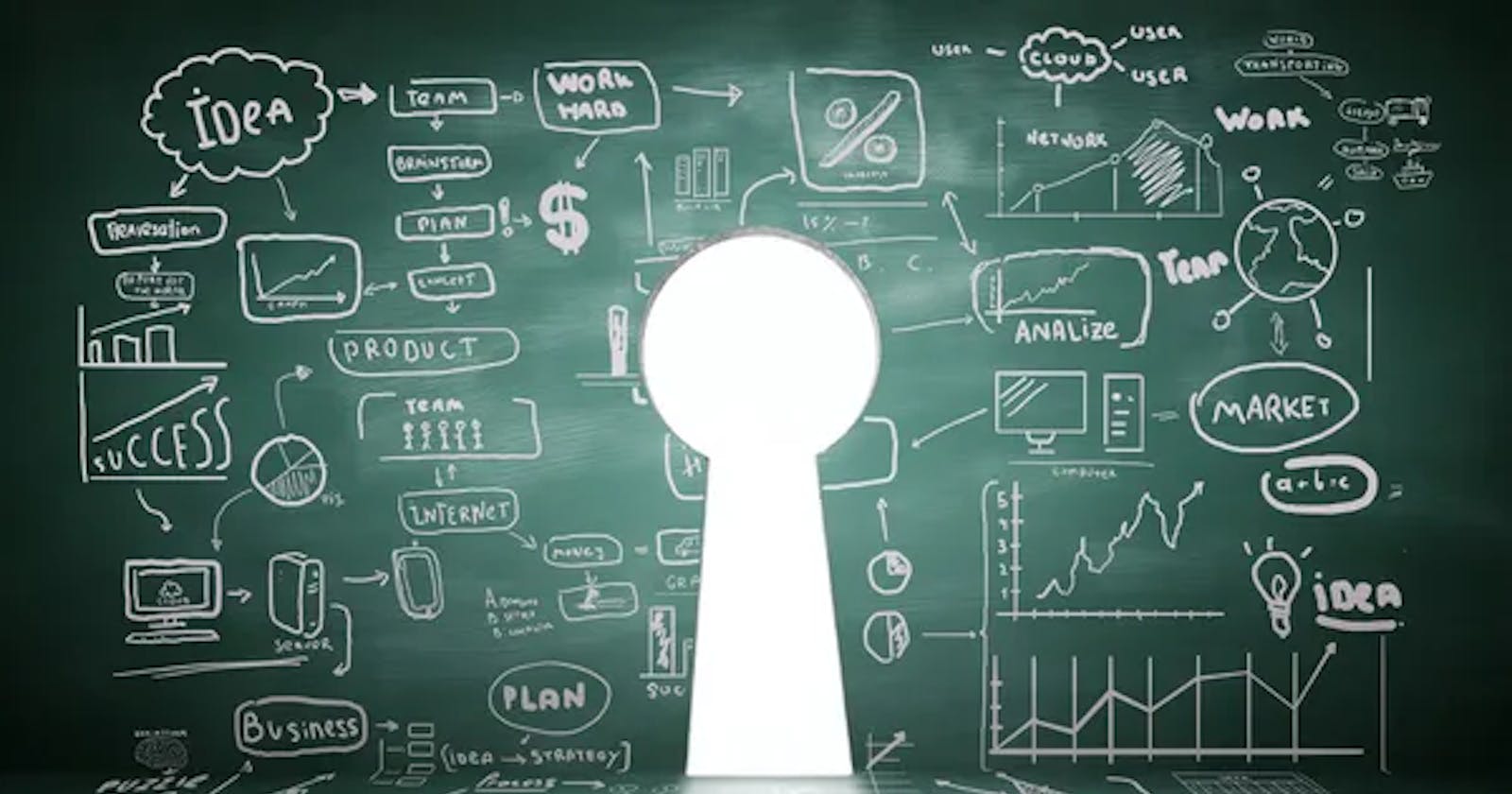Mindfulness, a practice rooted in ancient traditions, is finding its way into classrooms around the world. But what exactly is mindfulness, and how can it benefit students in a world filled with distractions and constant stimulation? This article delves into the world of mindfulness in education, exploring its potential to enhance learning, improve well-being, and foster a more mindful generation.
What is Mindfulness?
Mindfulness is a state of being present in the moment, paying attention to thoughts and feelings without judgment. It's about cultivating awareness of our inner landscape – our thoughts, emotions, and bodily sensations – without getting swept away by them. This practice can be cultivated through various techniques, including capella dnp flexpath meditation, breathing exercises, and mindful movement.
Why is Mindfulness Important in Education?
The modern classroom can be a demanding environment. Students are often bombarded with information, pressured to perform, and facing distractions from technology and social anxieties. Mindfulness practices can offer a powerful antidote to these stressors:
- Improved Focus and Attention: Mindfulness training can enhance a student's ability to focus and direct their attention. By recognizing and managing distractions, students can improve their ability to concentrate on academic tasks.
- Stress Reduction and Emotional Regulation: Learning to be present in the moment allows students to become more aware of their emotions. Mindfulness practices can equip them with tools to manage stress, anxiety, and emotional outbursts, fostering a calmer and more conducive learning environment.
- Increased Self-Awareness: Mindfulness helps students cultivate greater self-awareness. By observing their thoughts and feelings FPX 4010 Assessment 4 Research Plan without judgment, they can gain a better understanding of themselves, their strengths, and their challenges.
- Improved Social-Emotional Learning: Mindfulness practices can enhance social-emotional learning (SEL) skills. Students learn empathy, compassion, and effective communication through mindful observation of themselves and others.
- Greater Resilience and Growth Mindset: Mindfulness fosters a growth mindset, encouraging students to see challenges as opportunities for learning and growth. By being aware of their emotions and self-talk, students can develop resilience in overcoming obstacles.
Integrating Mindfulness in the Classroom
Integrating mindfulness practices into the classroom doesn't require elaborate changes to curriculum or schedule. Here are some ways to introduce mindfulness for students of all ages:
- Mindful Breathing Exercises: Simple breathing exercises like mindful counting breaths or focusing on the sensation of inhalation and exhalation NURS FPX 4050 Assessment 3 Care Coordination Presentation to Colleagues can help students center themselves and improve focus.
- Body Scans: Guided body scans invite students to focus their attention on different parts of their body, noticing any sensations of tension or discomfort without judgment. This can promote relaxation and self-awareness.
- Mindful Movement: Activities like mindful walking or yoga can help students connect their mind and body, improve focus, and release pent-up energy in a healthy way.
- Mindful Moments: Integrate brief mindfulness exercises throughout the day. Short pauses for mindful breathing after a challenging lesson or before a test can help students manage stress and approach tasks with renewed focus.
- Mindful Journaling: Encourage students to reflect on their thoughts and feelings through mindfulness journaling. This practice helps NURS FPX 4060 Assessment 1 Health Promotion Plan them gain insights into their inner world and develop emotional regulation skills.
Challenges and Considerations
Integrating mindfulness in education is not without its challenges:
- Teacher Training: Teachers themselves need to be comfortable and familiar with mindfulness practices to effectively guide students. Professional development opportunities to learn and practice mindfulness are crucial.
- Time Constraints: Fitting mindfulness practices into already packed schedules can be challenging. However, short mindfulness exercises can be incredibly effective even within brief time frames.
- Individual Needs and Preferences: Not all students NURS FPX 6004 Assessment 1 Dashboard Metrics Evaluation-Capella University may readily embrace mindfulness practices. Offering a variety of techniques and fostering a safe environment for exploration are key to promoting student engagement.
The Benefits Extend Beyond the Classroom
The benefits of mindfulness extend beyond academic performance. By cultivating a sense of calm, self-awareness, and emotional regulation, students are better equipped to navigate the challenges of life both inside and outside the classroom. Mindfulness can contribute to:
- Improved Mental Health: Mindfulness practices can help students manage anxiety, depression, and stress, promoting overall mental well-being.
- Enhanced Relationships: Increased self-awareness and emotional regulation can contribute to building stronger and more positive relationships with peers, teachers, and family members.
Lifelong Learning: By learning to be present in the moment and focus on the task at hand, students develop a foundation for lifelong NURS FPX 6008 Assessment 1 learning and a more mindful approach to life.

